Projects 3 & 4: Sick Trash (Book)
Book: http://blur.by/1z6QE84
Flickr: https://www.flickr.com/photos/130120666@N04/sets/72157650112349289/
Flickr: https://www.flickr.com/photos/130120666@N04/sets/72157650112349289/
"...Because Frank sought not to document American life but to reveal his experience of it, because he placed primary importance not on analytical thought but on perception, [The Americans] opening sequence also speaks to the feelings associated with those states... it alludes to the sense of insecurity, doubt, and alienation that result from a lack of power" (Greenough, 181).
Sick Trash was created from photographs from around the Lawrence campus and the surrounding areas. The title is based on an increasingly popular philosophical concept known for its initially repulsive claim that everything is garbage, including oneself. The first basic principle of Sick Trash is found in almost all popular media: Beauty is in the eye of the beholder. Conversely, another fundamental idea of Sick Trash is that the individual is unimportant to all aside from the individual, and the individual is all important to the individual. It important to consider that while popular media upholds the first claim explicitly, it upholds this second one on a much deeper level, yet, in this second case, media refuses to acknowledge its' support of Sick Trash's clause that it doesn't care about you. Don't be fooled.
The purpose of Sick Trash is to illustrate images of the world (my world, at least, as it exists at the moment) which are popularly ignored, or labeled garbage -- not literal garbage (well, sometimes literal garbage), but the instances of life which we choose not to think about, things like bikes stuck in snow, paper factories, people using laptops or sinks. These things are boring and everyday, little parts of a big trash heap. Sometimes, art aims to pull treasures out of this trash heap, but aim of this project was not to pull treasures out, instead, it was to pull ordinary garbage out and display it in such a way that it might be mistaken for treasure. When the viewer realizes that this is garbage, after all, what they might realize is that, in fact, everything is garbage. The trash planet is our home, and the trash me is the self. The trash heap is the home, and the home is your treasury, defined by what you make of it. There is no treasure, except for what the trash treasurer takes. The trash treasury traverses terrible truths.








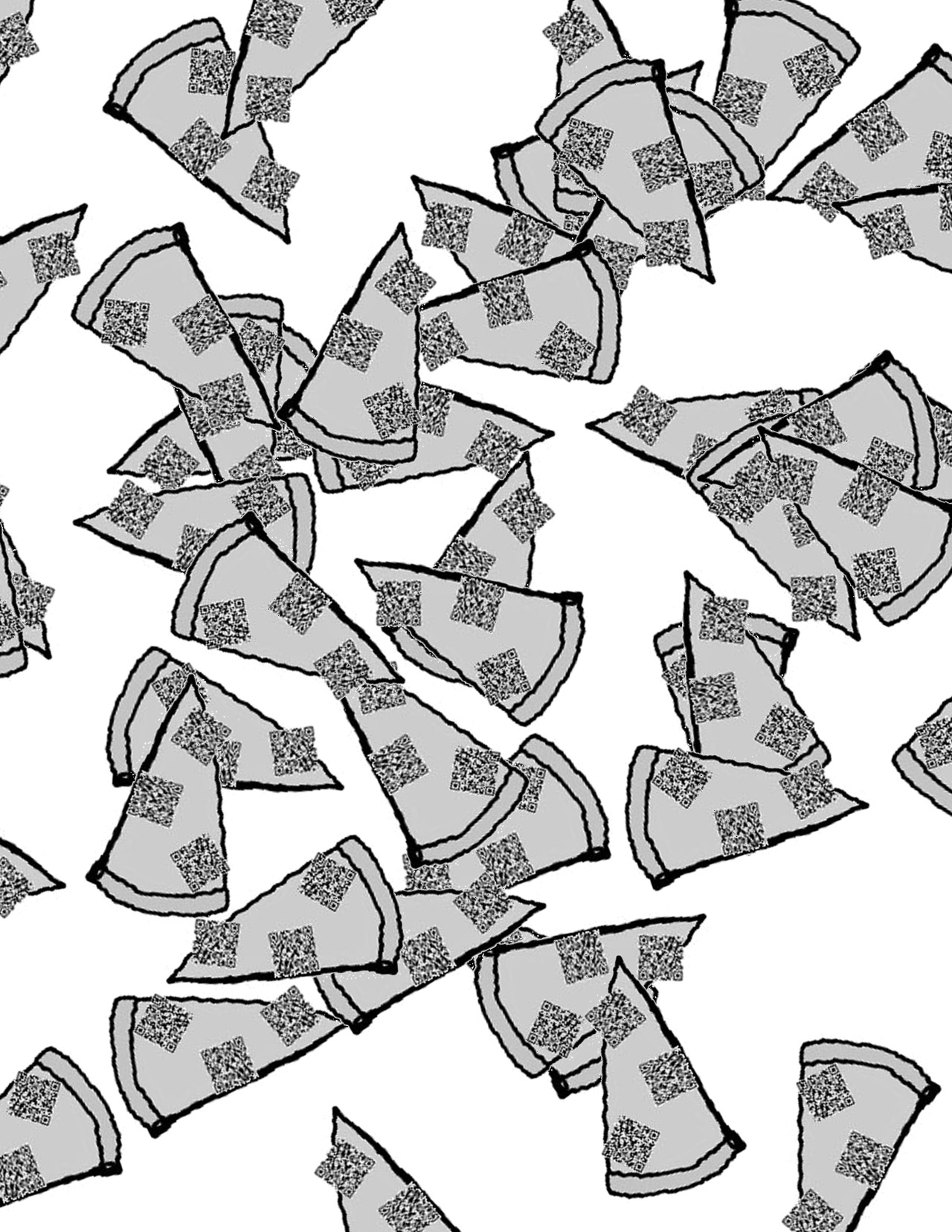


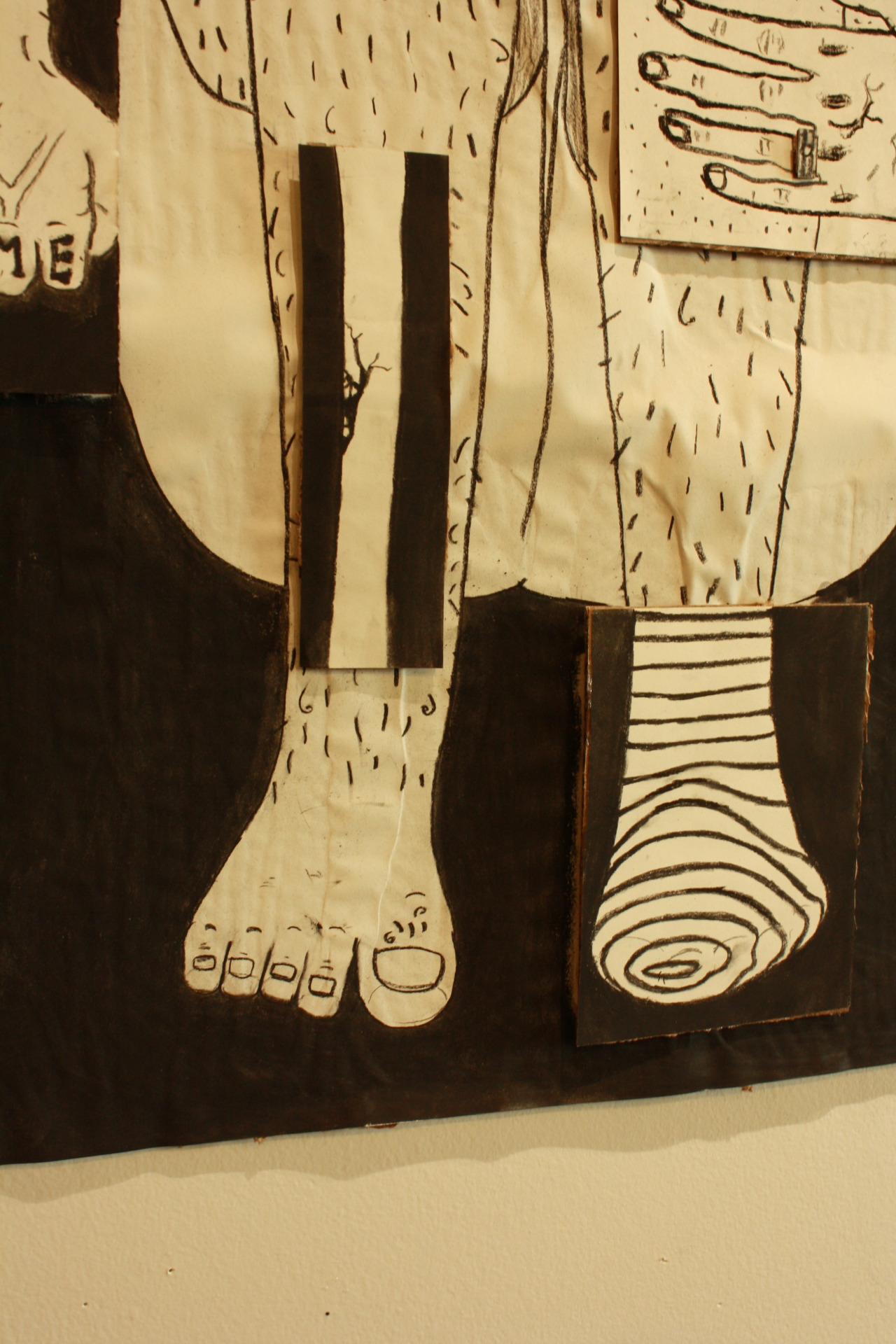





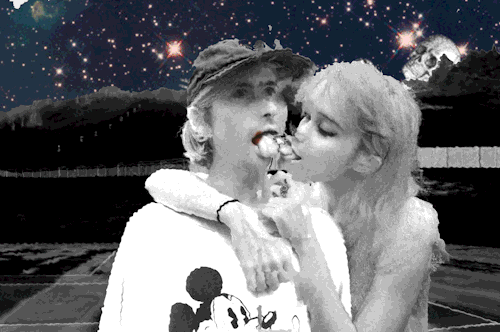
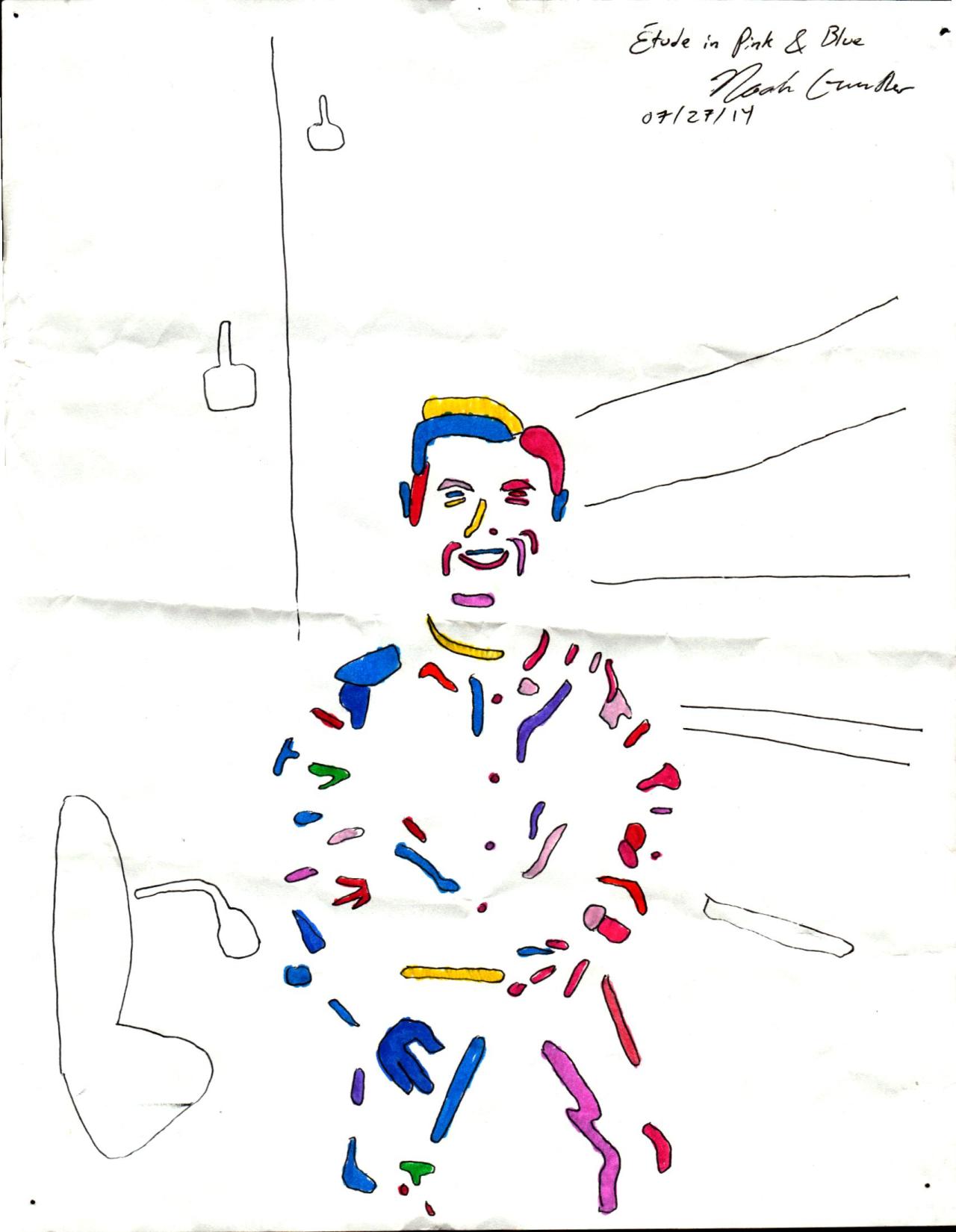
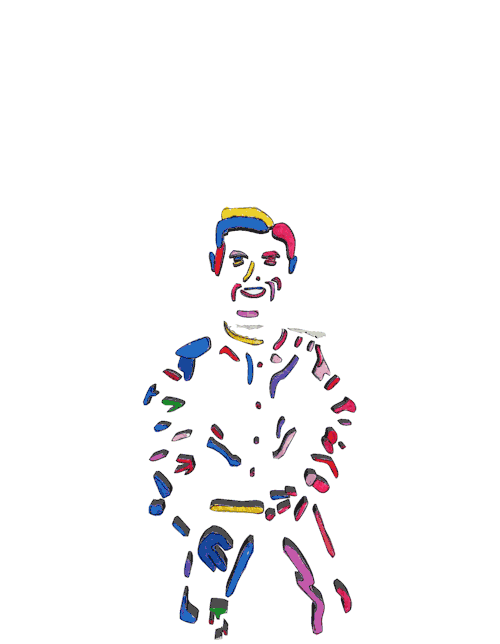
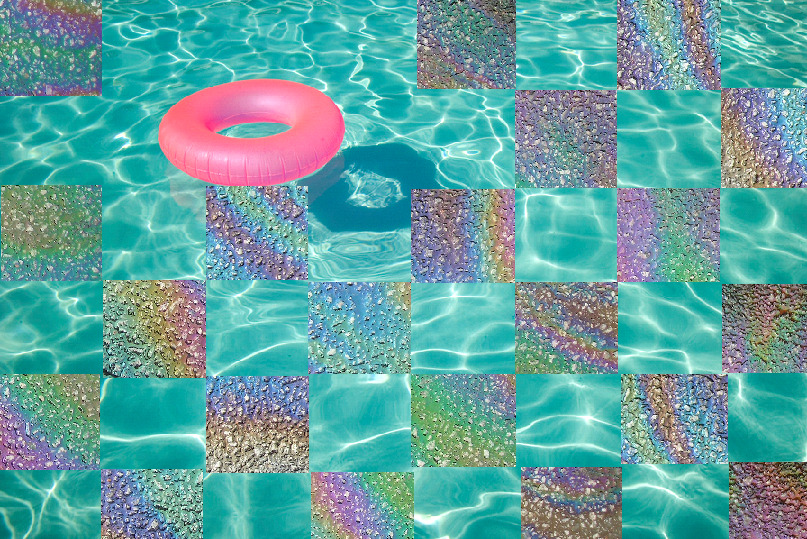
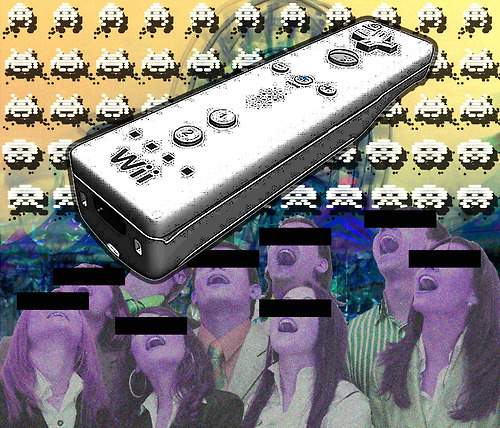

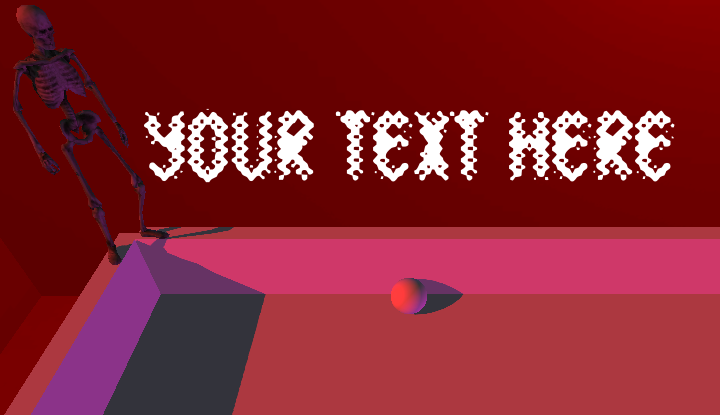


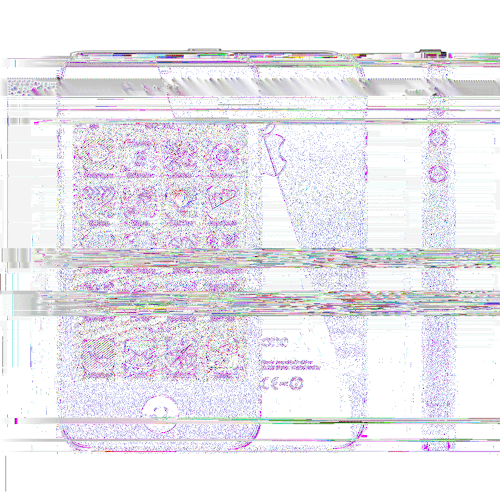
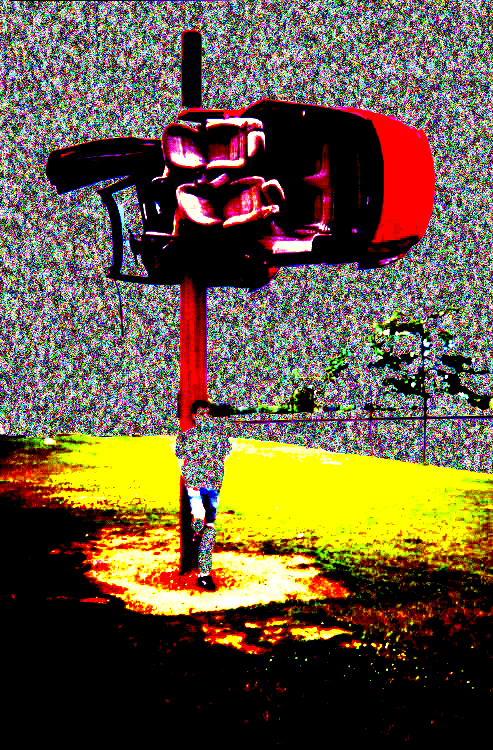
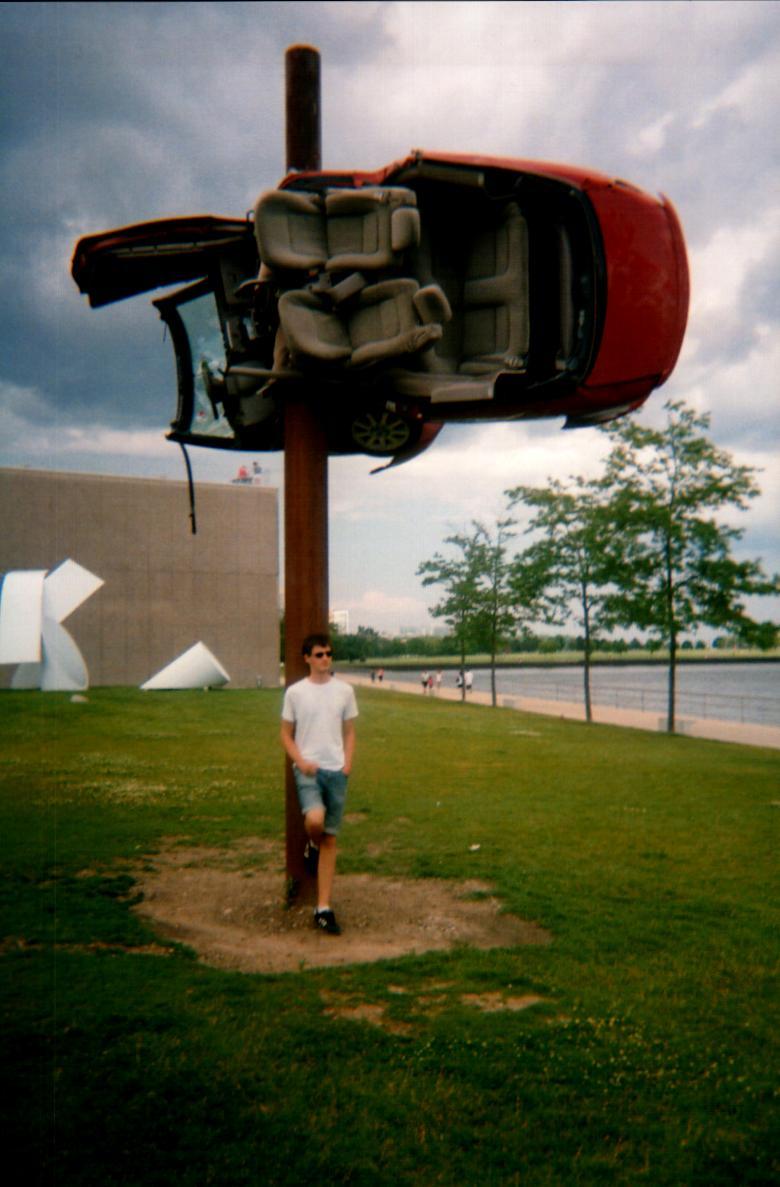 (Original Image: Photo credit to Emma Laube)
(Original Image: Photo credit to Emma Laube)